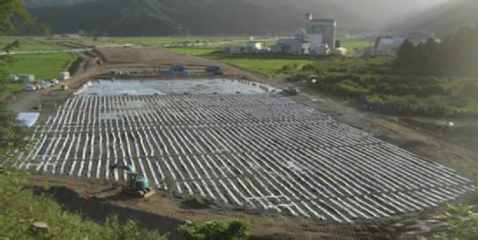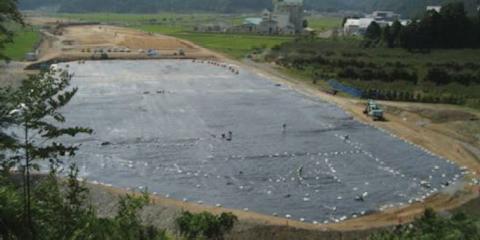Vacuum Consolidation Specialist
Vacuum consolidation, originally proposed by Kjellman (1952), has been widely used to improve soft clayey deposits. Consolidating soft clayey deposits by applying a vacuum pressure has several advantages over surcharge pre-loading, e.g., no or reduce fill material (vacuum load equivalent to about 4 m fill material), construction periods are generally shorter, and there is no need for heavy machinery. In addition, the vacuum consolidation does not put any chemical admixtures into the ground and consequently is an environmentally friendly ground improvement method.
Preloading alone without any soil improvement technique to assist will consume a very long time to complete a primary consolidation. Therefore, ground improvement by Compact Vacuum Consolidation (CVC) is proposed as an alternative method to accelerate a consolidation settlement together with surcharge embankment to enhance soil strength and eliminate a post construction settlement resulting in saving overall construction time and total cost in a long term.
We truly believe that CVC is the most advanced vacuum consolidation system in the market. Many successful ground improvement projects by CVC have been proved and reported both in Japan and Asia. This proposal is to solicit the client to choice of our unique and outstanding technique as the alternative ground improvement method for your project.



Maruyama Industry
Specializes for a soft ground improvement by vacuum consolidation method. With our research and development for 20 years, we are the leader in vacuum consolidation method in Japan.
Compact vacuum consolidation(CVC) is successfully applied more than 200 projects in Japan in Asia such as Sri Lanka, Indonesia, Thailand and Vietnam.
Thai Maruyama Industry Co., Ltd. promises to deliver Japanese quality for Vacuum Consolidation for your project to eliminate a post construction settlement problem

Dr. Nipon Teerachaikulpanich
D.Eng of Civil Eng, Geotech Div., Tokyo Institute of Technology
